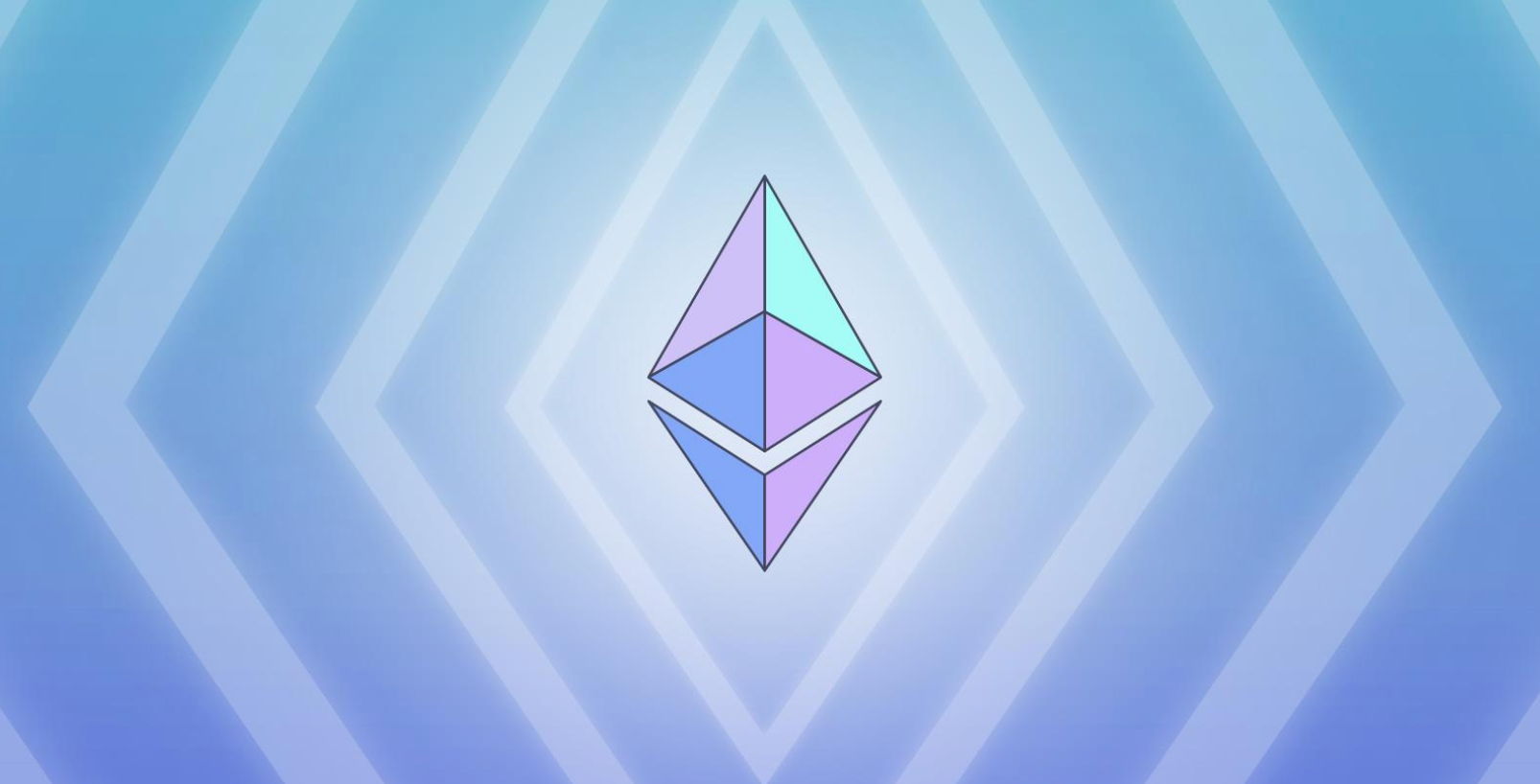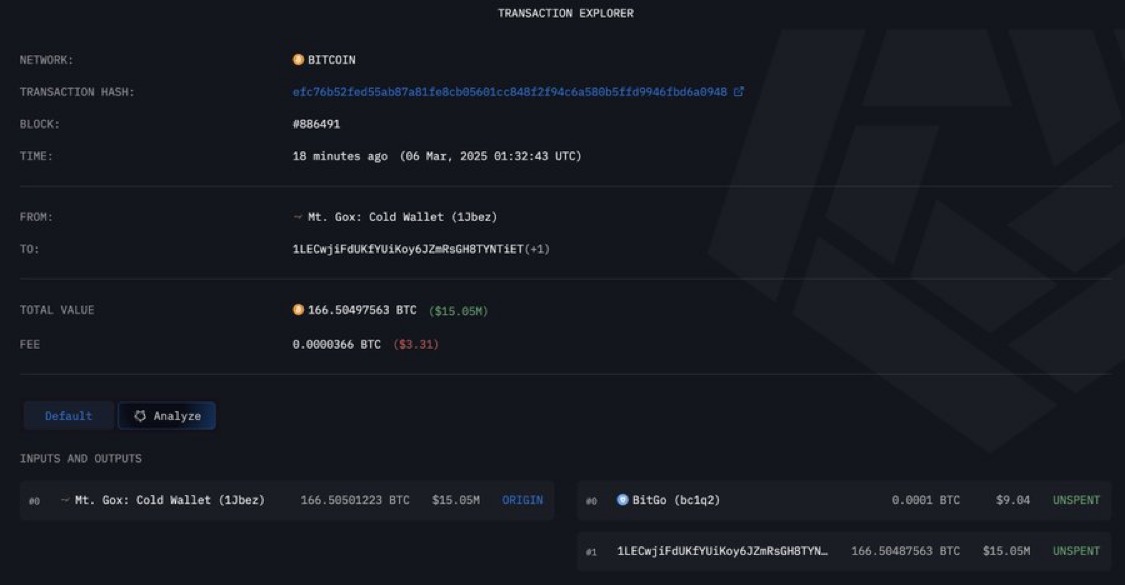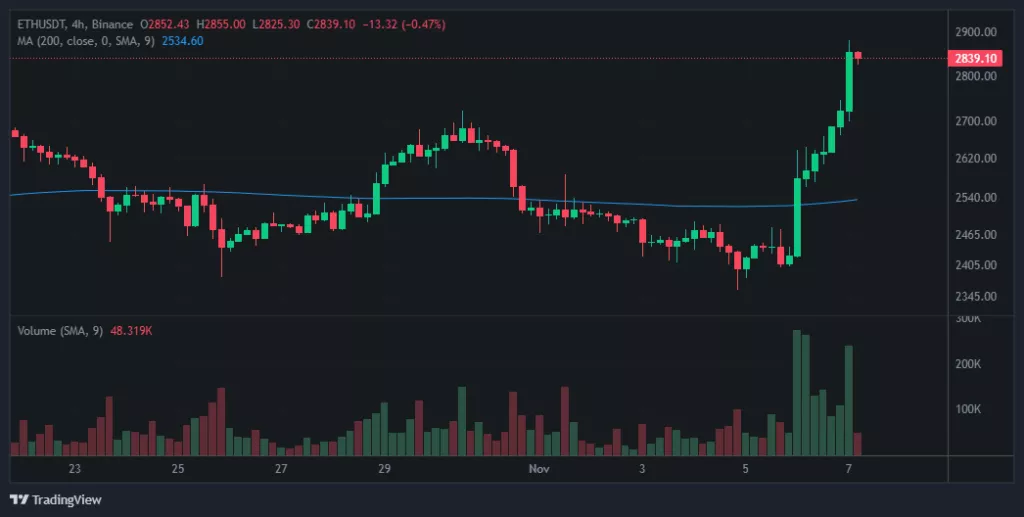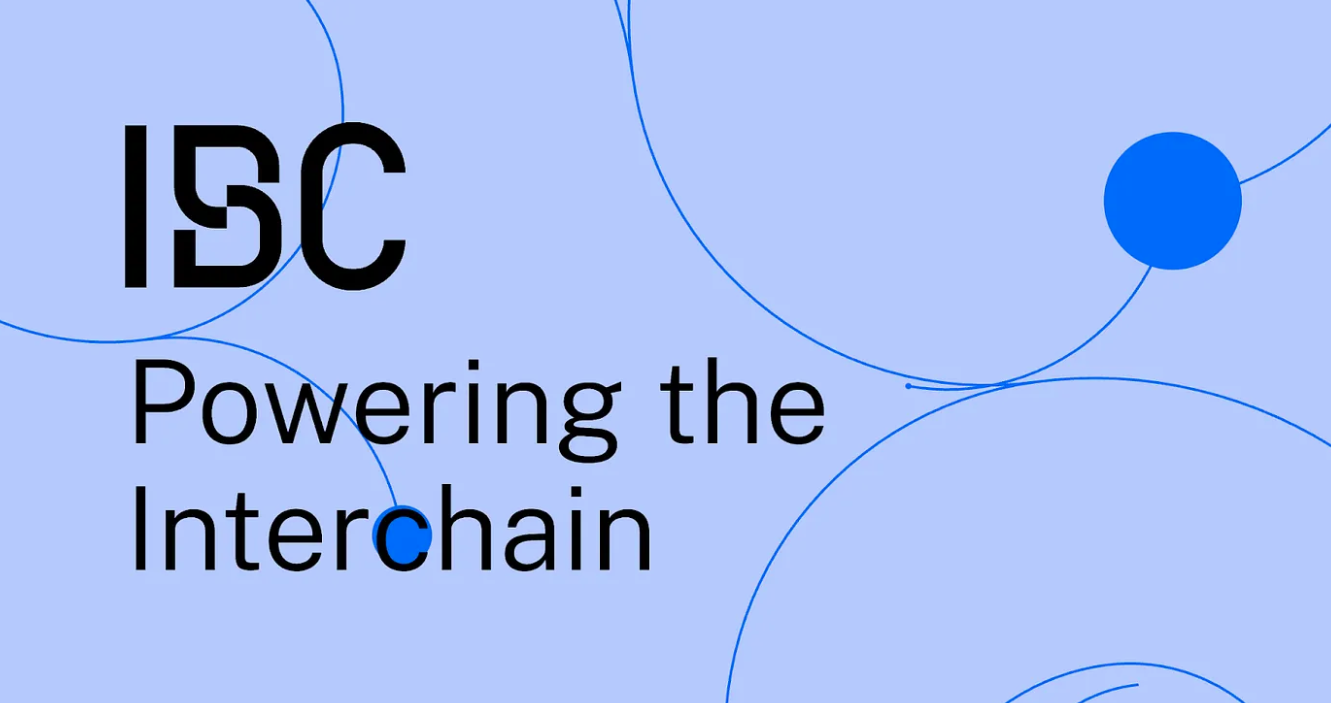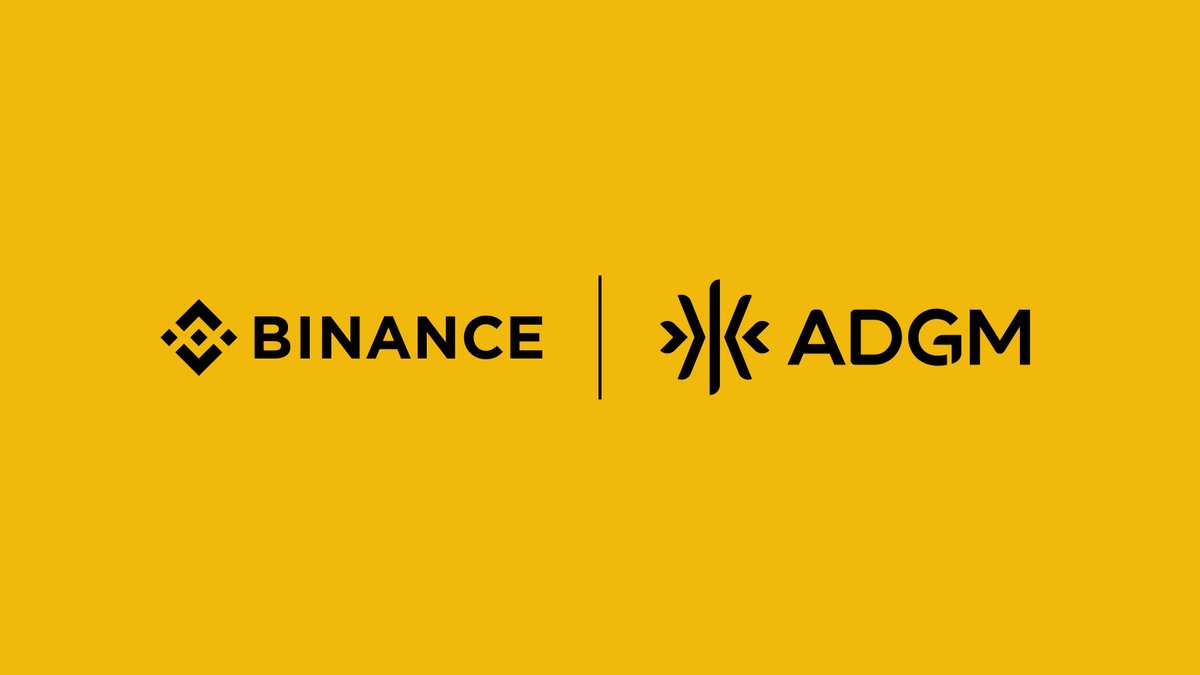To mark the 10th anniversary of the Ethereum mainnet launch, the Ethereum Foundation has released an ambitious strategy outlining the blockchain’s development for the next decade. Authored by lead Ethereum researcher Justin Drake, the document highlights the core directions for both technological and conceptual growth of the network.
Ethereum as the Foundation of the Internet of Value
Drake emphasized that Ethereum has already achieved major milestones: since launch, the protocol has maintained 100% uptime, supports a diverse set of clients, and currently holds over 35.7 million ETH (approximately $130 billion) in staking.
In Drake’s view, Ethereum is now poised to become the “foundation of the internet of value”:
“The blockchain must outlive everything — nation-states, quantum computers. Whatever happens. Call it the fort mode. If the internet is online, Ethereum is online. If the world is online, the world is on-chain.”
This long-term resilience is what he refers to as “fort mode”, while scaling Ethereum’s capacity is crucial for entering what he calls “beast mode.”
Scaling and Performance Growth
Drake identified the generation of new computational resources as a key priority. In the short term (6–12 months), moderate performance growth is expected. But in the long term, Ethereum aims for exponential scaling:
- 1 gigagas/sec at the L1 level to support up to 10,000 transactions per second (TPS)
- 1 teragas/sec at the L2 level to enable 1 million TPS
To strengthen decentralization, the roadmap includes real-time zkVM integration at the execution layer and Data Availability Sampling (DAS) at the data layer. Eventually, full chain verification could become possible directly within browsers, wallets, and mobile devices.
Protocol Upgrades
Ethereum is set to undergo a significant overhaul of its three core layers:
1. Consensus Layer
- Beacon Chain 2.0 (formerly known as Beam Chain) will enhance decentralization and security, offering block finality in seconds.
2. Data Layer
- BLOB 2.0 will introduce post-quantum cryptographic blobs and granular object sizing, streamlining smart contract development via calldata.
3. Execution Layer
- EVM 2.0 will be a minimal, SNARK-friendly instruction set that boosts performance while maintaining compatibility with the existing Ethereum Virtual Machine.
“Every part of the blockchain has been reimagined from first principles. Together, these innovations enable both fort mode and beast mode — offering performance abundance while preserving hard constraints of continuity, rigidity, and refreshing simplicity,” Drake added.
Next-Gen Cryptographic Security
To confront emerging threats — particularly quantum computing and the growing number of SNARK-based protocols — Ethereum will rely on hash-based cryptography. This approach is viewed as the most robust and adaptable form of cryptographic protection for the years ahead.
With this roadmap, Ethereum steps confidently into its second decade — grounded in resilience, scalability, and technological clarity. The vision laid out may well serve as the foundation for the next era of decentralized innovation.
